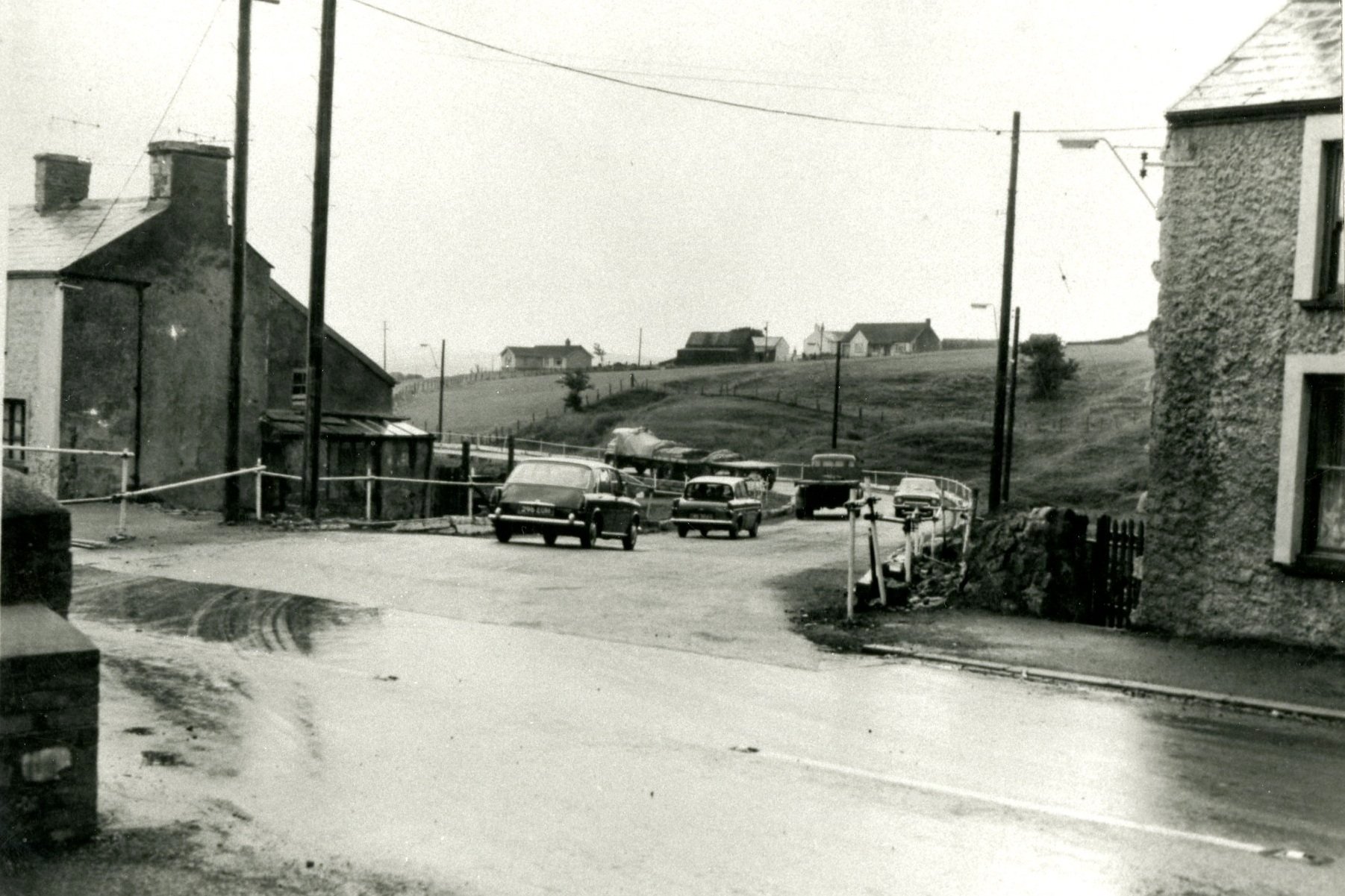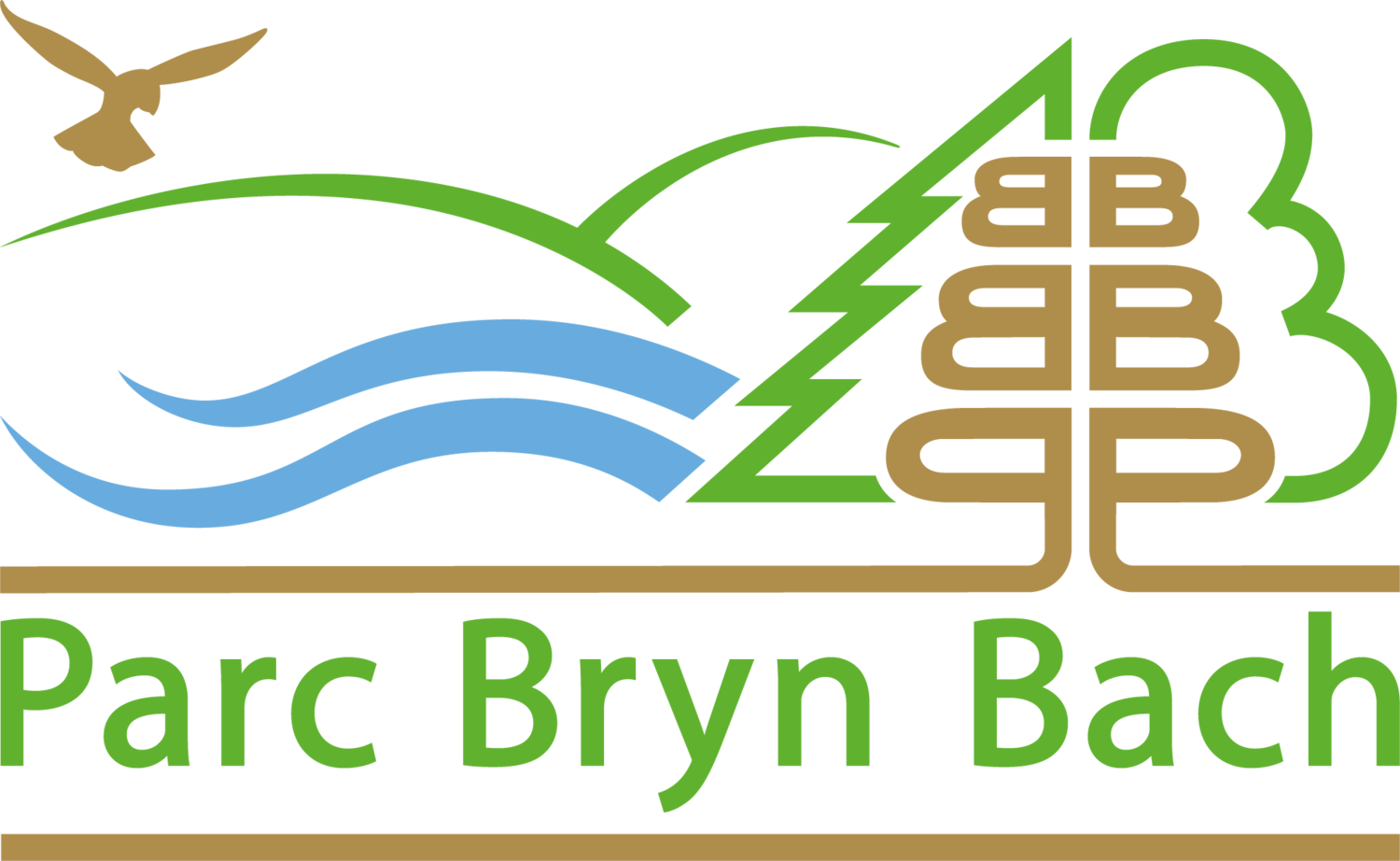
OUR HISTORY
OUR HERITAGE
A little bit of our history…
Parc Bryn Bach was transformed into a beautiful park following the ravages of mineral extraction. The birth of the industrial revolution largely took place right here across the Heads of the South Wales Valleys for it was here that Iron stone, coal and limestone all outcropped close to the surface.
The first record of patch working on this site occurred in 1747 when John Griffiths of Pontypool transported Iron stone, coal by mule to Brecon, Clydach and Dowlais. Patching is where the ore is found within a few feet from the surface, and the opening is made from the surface. Excavations accelerated following the opening of Sirhowy Ironworks(1778) and Tredegar Ironworks (1800) and opening of Cefn Rhos and Bryn Ore levels. The construction of the Bryn Oer Tramroad in 1815 took coal from Bryn Oer to the canal at Talybont.
The ironworks needed a supply of water for their steam engines and this resulted in the excavation of Bryn Bach Pond in 1818. This was also the year that Bryn Oer pit was sunk and deep mining started alongside the working of levels and patching. The extraction activities destroyed the landscape. Every patch, bell pit, level and deep mine had associated waste materials deposited in tips and tailings.
Both men and women worked side by side extracting the heavy ore. In 1841, the Commissioners inquiring into the Condition of Children employed in Mines offered this description of Patch girls:
‘In working the mines of iron-ore in patches, that is to say, where the ore is found within a few feet from the surface, and the opening is made from the surface, girls are very frequently employed in wheeling and otherwise assisting the workmen; they are called patch-girls, or girls who work in the patches; they lead a sort of half-savage life. Hardy, and exposed to all kinds of weather, they work as hard as the men, from whom they differ but little in dress, and quite equal in grossness.’
The patches were also dangerous places to work as this account from the biography of local poet Myfyr Wynn testifies.
William Williams (‘Myfyr Wyn’) was born at Twyn Star, Tredegar in 1849. His father worked at Bryn Bach as an ironstone miner and William was at his side, working underground at the age of 10, when he was killed by a rock that fell upon him.
It wasn’t only those working in the pits and levels that suffered. On January 19th 1846 a devastating storm hit the town. The deluge left every river bursting their banks and every pond overflowing. This was accompanied by hurricane force winds and in the early hours in the morning the bank of Bryn Bach Pond was breached sending a torrent of water into Merthyr Road close to the Plymouth Arms. Bryn Bach mine was flooded and the water swept several bridges away and two horses were drowned. The following morning an elderly lady Ann Hopkins was discovered drowned in her bed. Following this storm Bryn Bach Pit remained idle for several weeks until it was safe for work to recommence.
In May 1865 a fall occurred in a shallow pit at Princetown. Just as the occupants of a cottage on the surface above were sitting down for a meal the front wall of the cottage fell out and the table around which they were sitting disappeared into a hole 100ft deep. One young woman was saved from disappearing down the hole when she was grasped by the hand just as she began to fall.
The Patches was also one of the favourite locations for bare fist fighting being far enough away from the police but near enough and convenient enough for people who enjoyed the sport. A bare fist fight could last for many hours, even days and would continue until one of the participants conceded defeat. Principally it was a trial of strength and often between the champions from different areas of Tredegar or even different towns. Other events which took place at the Patches were bare foot racing, cock fighting and terrier fighting all these events were a big draw attracting heavy betting and high stakes.
The development of deep pits and levels saw a transfer of labour away from the patches however during the general strike of 1926, local strikers started to work the patches again using the traditional methods of their fore fathers. During the strike there was only one reported accident when a man by the name of Evan Evans a Deacon and organist at the local Baptist Church died behind the Plymouth Arms having been buried alive by a fall.
After the tragedy at Aberfan in 1966, large scale land reclamation began across the South Wales coalfield. The site saw large scale open cast workings clearing away the last remnants of coal and work began on the tree planting and lake formation that transformed the area from the ravages of mining into a 340 acre country park.

